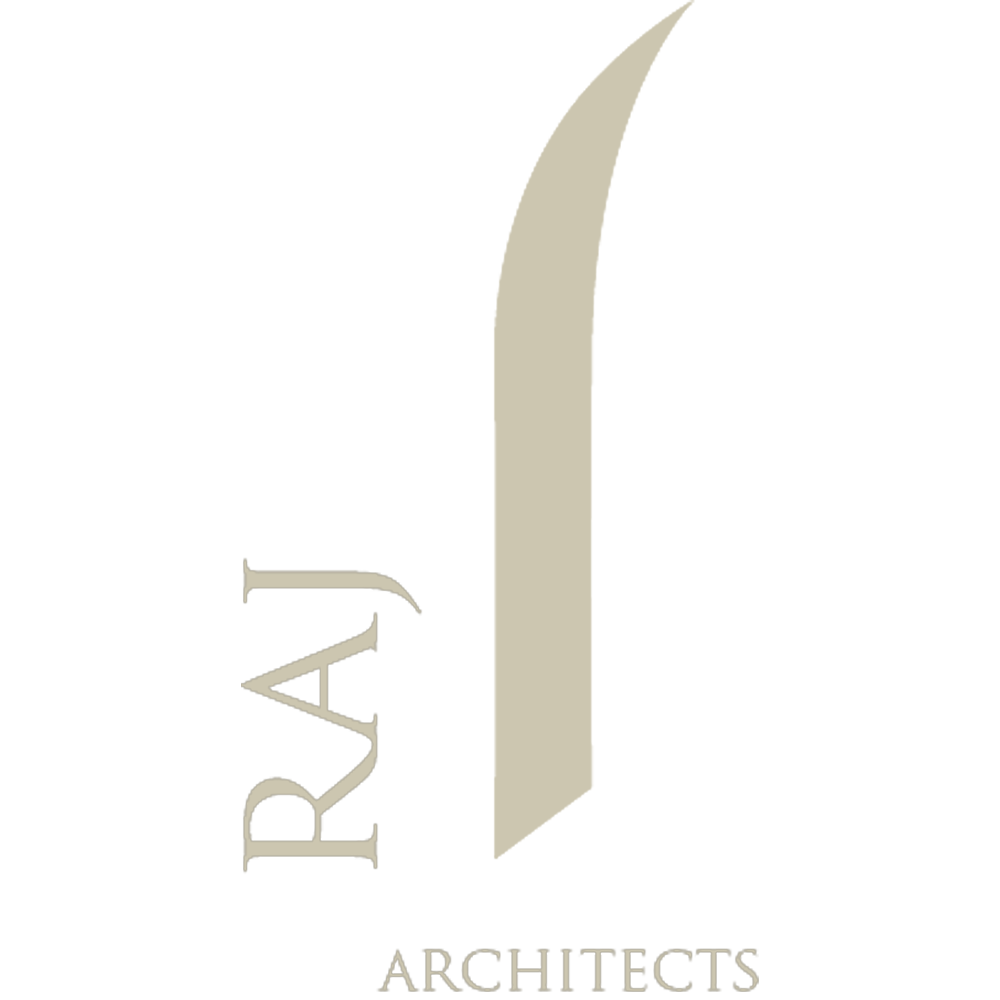The hospitality industry has changed a lot over the last few years. From how the hotels are designed to the amenities guests expect in their room. These are not just simple accommodations for people now, but rather part of an experience. When booking a room today, we look at more than just the aesthetic of the room, the beds and the charge for the night. We often also look at the amenities the hotel offers, the food options they have and a lot more things. So, as architects, it has become critical to look at both the design principles as well as what the customers expect. And so, you should be looking at a few things from a different perspective when designing a hotel space and resort.
- Understanding why it makes a difference
In the hospitality and service sector, it is mostly about shaping the experience for the customers. And the design and aesthetics of the hotel play a huge role in influencing this. As the competition grows fierce and customer trends change rapidly, it becomes important to stand out and meet their needs. Moreover, the hotel’s design should reciprocate brand value and connect with the audience. Lastly, if you want to sell yourself, you need to offer something unique and special that makes people want it. - Pay close attention to colour schemes and theme
Colours and lighting can greatly influence someone’s mood and perception of a place. On a psychological level, we humans related different colours to different moods. And you can use this to your benefit to shape the experience for the guests. Using light and cool colours like blue, white and green can relate to a calm and relaxed ambience. These are great for holiday hotels and retreat resorts. While lighting and interior colours like yellow are perfect for a more sophisticated setting. And as for the event areas and banquets, you can get creative and experiment with the colour palette. Get your top architect team to brainstorm some ideas. - Keep your guests in mind
As we mentioned earlier, the hospitality industry is fast-changing and every customer has different needs. Some may be looking for a place to spend the night, while some are there on vacation. Some of the guests might be visiting for business and others just for a comfortable getaway. So, your design should be adaptable and compatible with every need. After all, interior designing is an expensive and time taking project and isn’t something you change overnight. Don’t think short term, rather focus on creating a lasting and future proof design. Check out the trends around and carry out customer studies to understand customer expectations. Trying small mockups and reviews can help you create the perfect layout for the hotel. Being the best architects isn’t just about an amazing appeal, but also about delivering value. - Narrate a story through your designs
Hoteliers say that they see numerous emotions and stories at hotels among their guests. Through the time friends spend at the hotel or celebrating family occasions or business success stories. Stories are a great way to connect and express emotions. Let your design narrate the story of the hotel as a brand and through its themes. It doesn’t have to be really elaborate, and even the simplistic designs can leave the guests in awe. Focus on creating transitions in various areas, using different connected themes or colours. Use lighting and modern architecture to your benefit. All these little details can help you connect with the audience and enhance their experience. - Keep things spacious and flexible around the hotel
The guests are hoping to spend some time relaxing and feel free at the hotel. And you wouldn’t want to spoil it with crammed up and confusing areas. Create a spacious layout and a flowing design that seems spacious. Also, keep zones and rooms flexible so that the hotel staff can adapt to the immediate needs of the guests.
When the hotel hire an architect, they are making a huge commitment in terms of money and time. In turn, they are hoping to create a lasting experience for their guests and an exquisite appeal for their structure. So, keeping these aspects in mind can help you focus on some key elements of your design.
